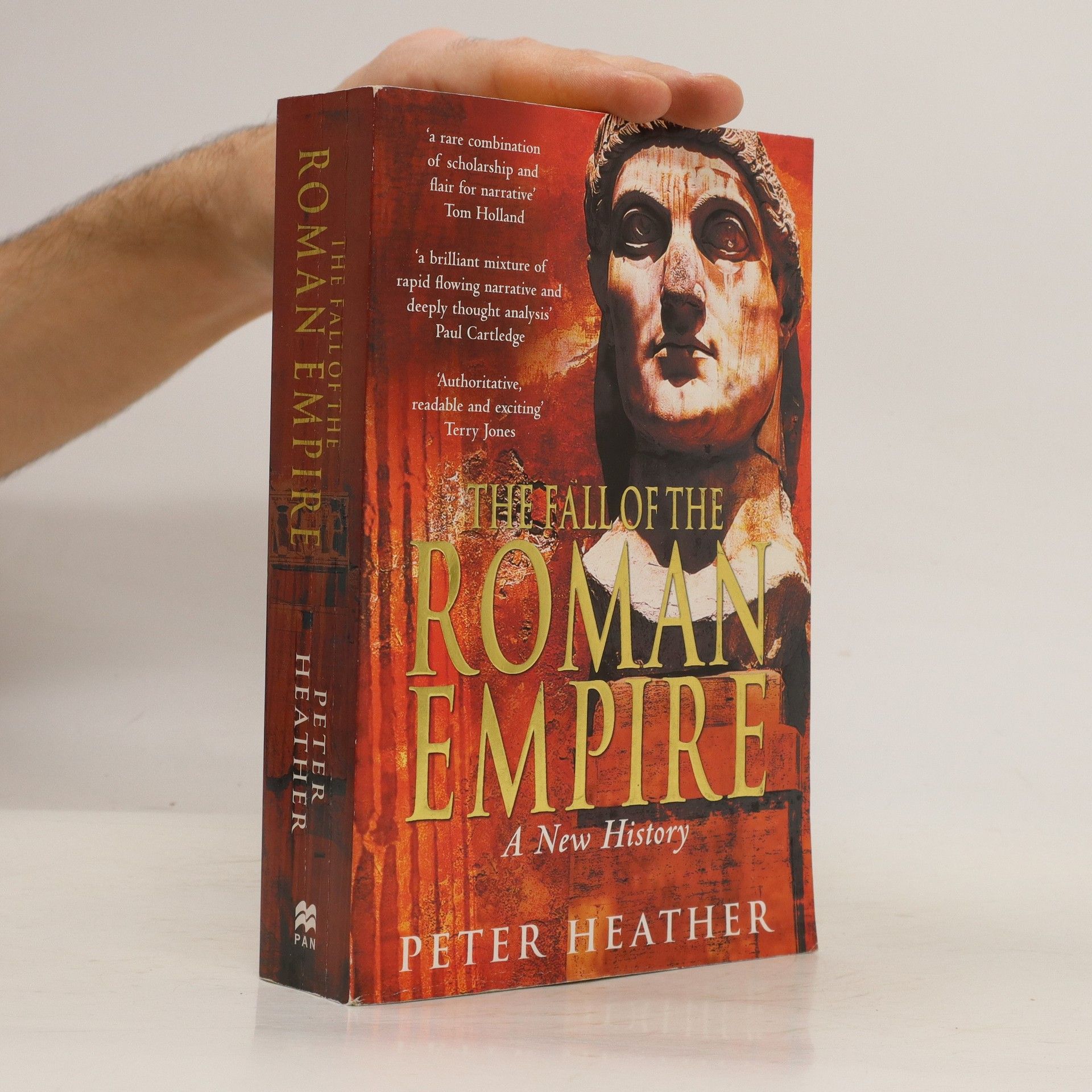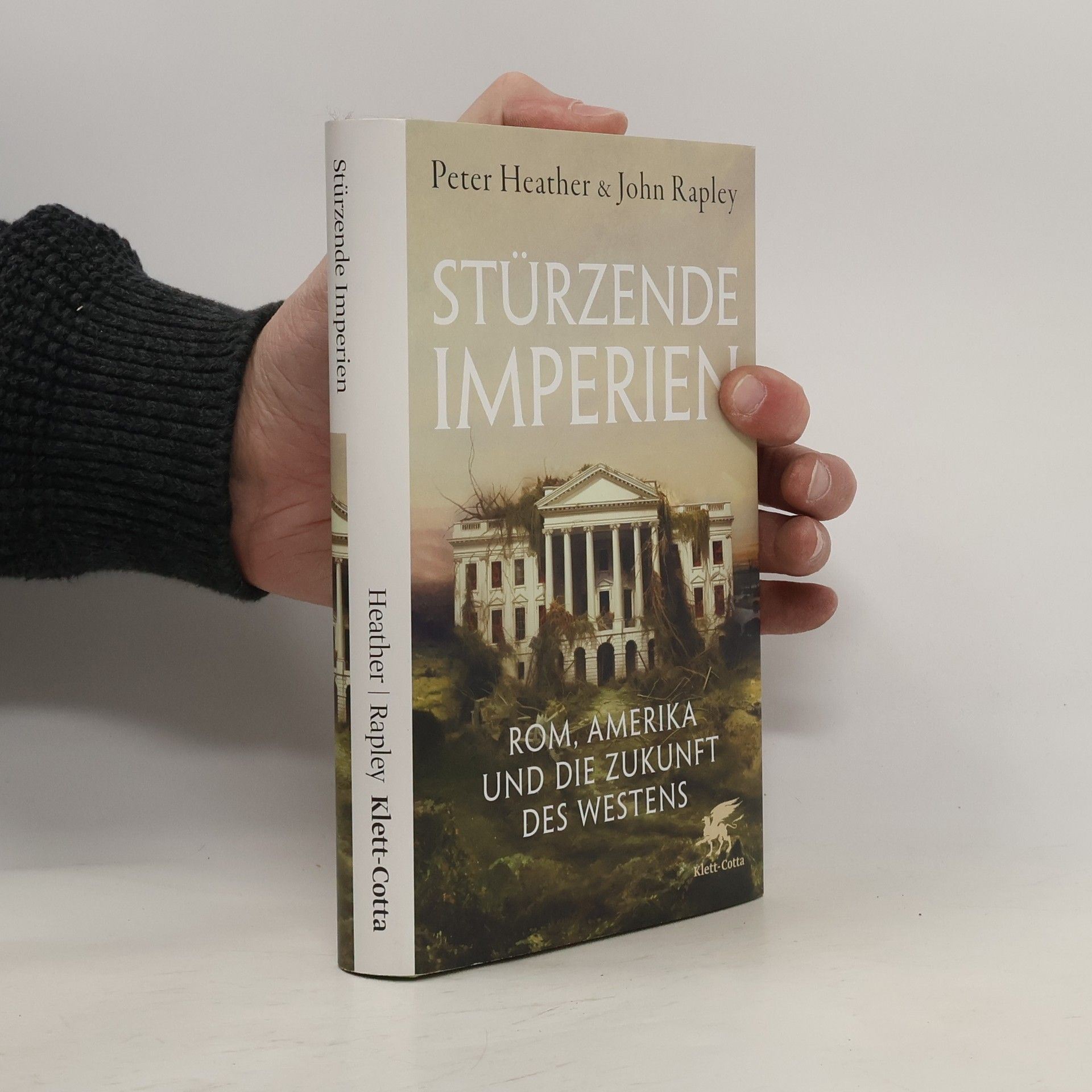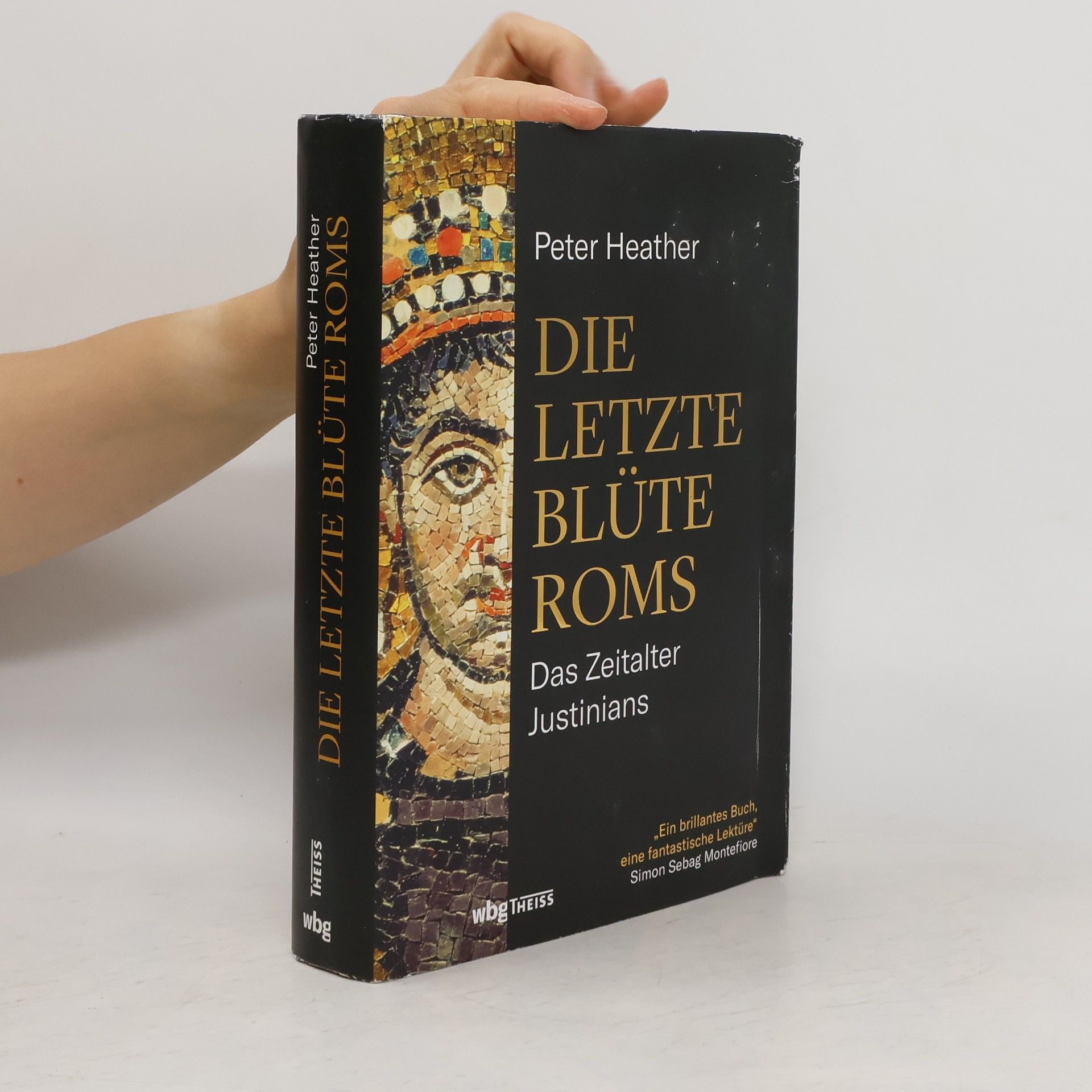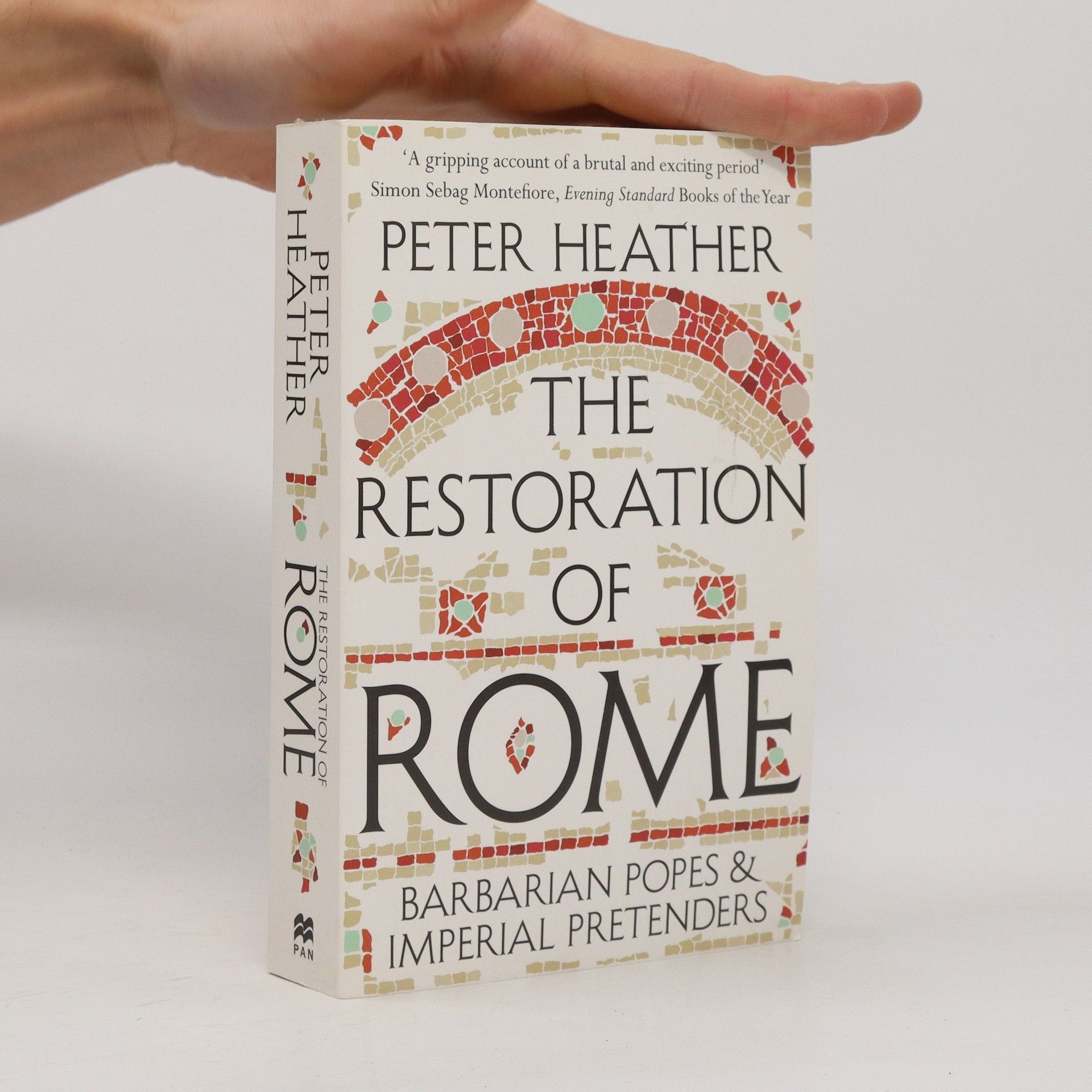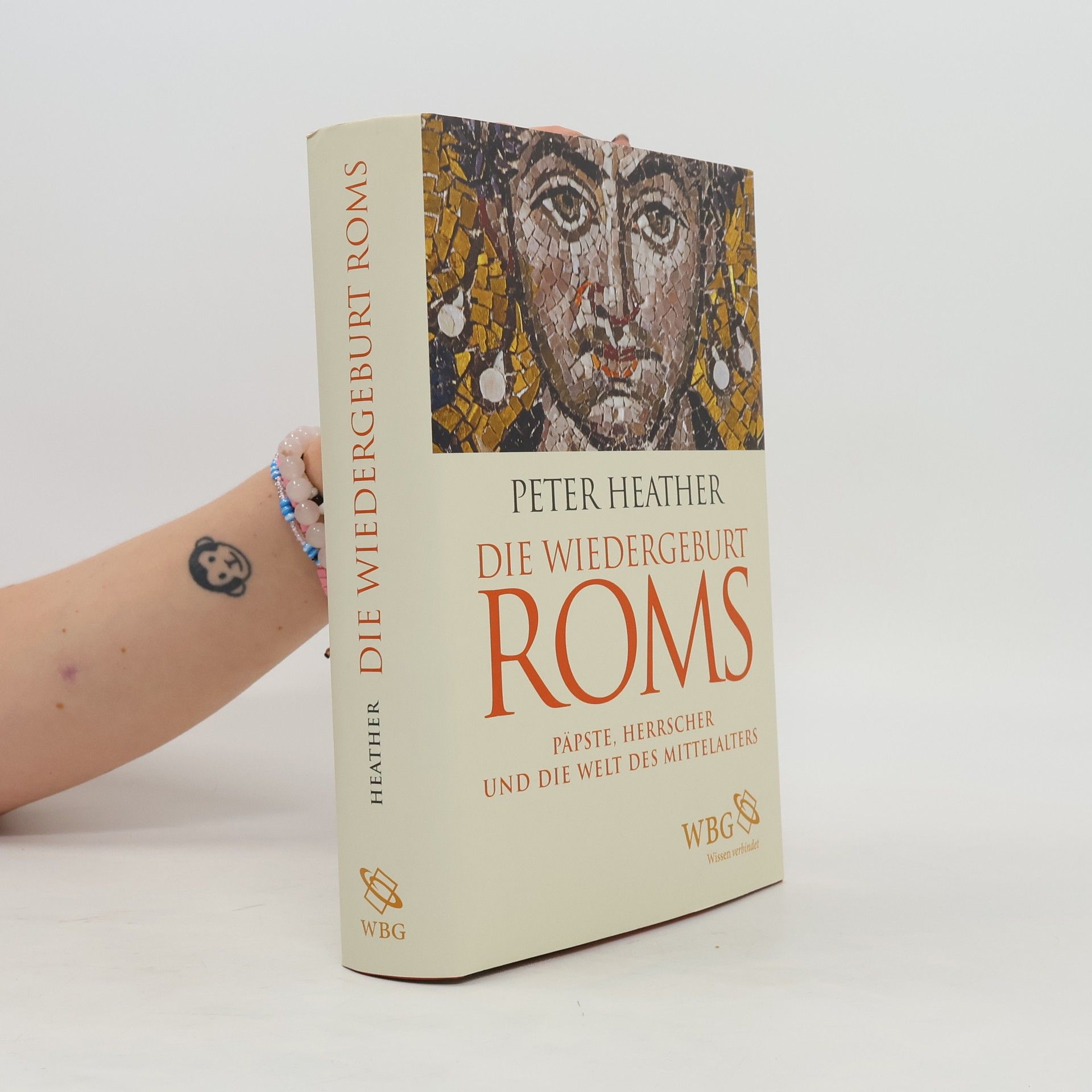Stürzende Imperien
Rom, Amerika und die Zukunft des Westens
Was wir vom Untergang Roms für die Zukunft des Westens lernen können Der Westen befindet sich in einer Krise: Unsere Demokratie ist angeschlagen, die Deindustrialisierung bedroht den Wohlstand und Flüchtende machen sich auf in westliche Länder und stehen vor den Toren.In diesem außergewöhnlichen historischen Vergleich erkunden die Autoren die unheimlichen Parallelen – und produktiven Unterschiede – zwischen dem Untergang Roms und dem Fall des Westens, um aus der antiken Geschichte neue Lehren zu ziehen. Die Ära der westlichen globalen Dominanz hat ihr Ende erreicht – doch was kommt als Nächstes? In den letzten drei Jahrhunderten stieg der Westen auf, um den Planeten zu dominieren. Doch plötzlich, um die Jahrtausendwende, kehrte sich die Geschichte um. Angesichts wirtschaftlicher Stagnation und innerer politischer Spaltung befindet sich der Westen in einem rapiden Niedergang. Es ist nicht das erste Mal, dass die globale Ordnung einen solch dramatischen Aufstieg und Fall erlebt. Das Römische Reich folgte einer ähnlichen Entwicklung von überwältigender Macht bis zum Zerfall – eine Tatsache, die mehr ist als ein seltsamer historischer Zufall. In diesem fesselnden Buch nutzen der Historiker Peter Heather und der politische Ökonom John Rapley diese römische Vergangenheit, um über den zeitgenössischen Westen, seinen Zustand der Krise und mögliche Wege heraus neu nachzudenken.



